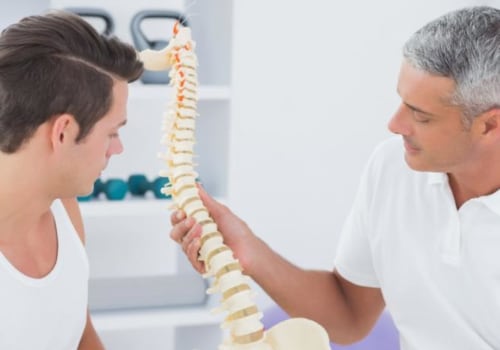Noun A branch of medical practice that emphasizes the treatment of medical disorders through manipulation and massage of bones, joints, and muscles. A system of medicine that emphasizes healing by manipulating parts of the body and that also uses many standard medical practices, such as surgery or medications. All content on this website, including dictionaries, thesauri, literature, geography and other reference data, is for informational purposes only. This information should not be considered complete, current and should not be used in place of a visit, consultation or advice from a legal professional, medical or any other professional.
Osteopathy is a way to detect, treat, and prevent health problems by moving, stretching, and massaging a person's muscles and joints. In all 50 states, DOs, also called osteopaths or osteopathic physicians, are licensed to prescribe medications, perform surgeries, and use technological imaging to diagnose and treat diseases and injuries. Osteopathic manipulative medicine (OMM) is a comprehensive approach to health care in which osteopathic (OD) physicians apply osteopathic philosophy, structural diagnosis, and the use of osteopathic manipulative treatment (OMT) in the diagnosis and management of patients. The main difference between an MD and an OD is that, while osteopathic doctors can use conventional medical treatments, some also use manual therapies, such as massaging and manipulating the spine.
Doctors of Osteopathic Medicine, or DoS, represent approximately 11% of all physicians in the United States, and offer a unique, patient-centered approach to each specialty across the entire spectrum of medicine. Despite the legislative attack on the osteopathic profession mounted by allopathic doctors (MD), the profession grew. Studies have shown that osteopathic manipulative treatment is safe and effective in relieving pain during pregnancy. The profession is one of the fastest growing segments of healthcare today, with one in four medical students enrolled in an osteopathic medical school.
They can also prescribe medications, perform surgeries, and treat patients of all ages through a wide variety of treatments that cover both allopathic (Western) and osteopathic medicine. Still obtained a state statute to establish the first school of osteopathic medicine in Missouri. This experience ensures that osteopathic physicians are first trained as primary care physicians, even if they plan to pursue a specialty. Doctors of Osteopathic Medicine, or DoS, complete four years of osteopathic medicine school, with an emphasis on preventive medicine and comprehensive patient care.
This training in osteopathic manipulative medicine (OMM) provides osteopathic physicians with a better understanding of how an injury or illness in one part of the body can affect another. This includes osteopathic manipulative medicine, which involves stretching, massaging, and moving the musculoskeletal system. An osteopath is a licensed physician who practices medicine using both conventional treatments and osteopathic manipulative medicine, which focuses on relieving pain and tension in the musculoskeletal system. Osteopathic medicine is practiced by Doctors of Osteopathic Medicine, or DoS, who offer a comprehensive approach to individual care by focusing on looking beyond their symptoms to understand how lifestyle and environmental factors affect their well-being.







